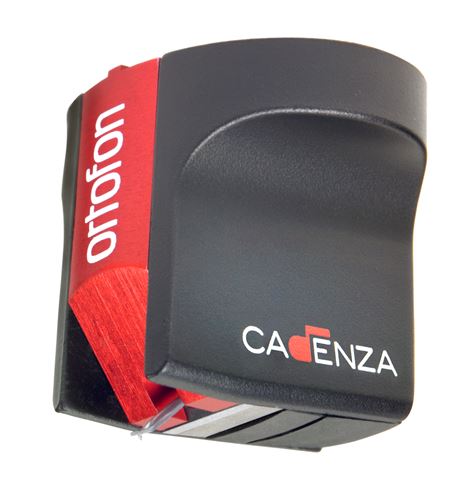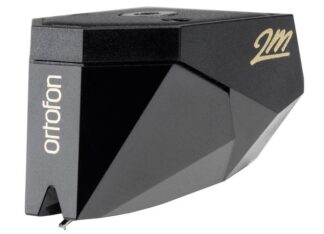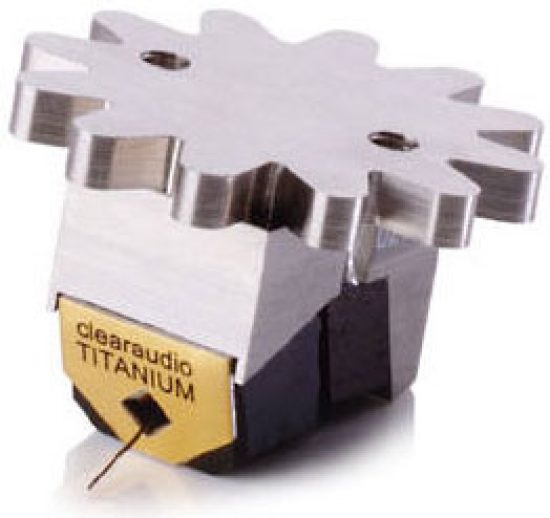Product Description
The sound picture of the Ortofon MC Cadenza Red is relaxed, homogeneous and moderately dynamic and have great space and depth in the stereo image.
The Ortofon MC Cadenza Red model is using a Nude Fine Line stylus with a cylindrical aluminium cantilever. The stylus tip radius is r/R 8/40 µm.
The coils are made from 6NX (99.9999 %) pure silver wire.
An improved winding process on the armature allows a better channel balance.
The Cadenza series
At Ortofon we constantly look for new technology to be used in our products and push the performance of existing technology. Thus we assure the highest level of performance and quality. The Kontrapunkt models and MC Jubilee became market standards and are among our most popular cartridges. Nevertheless Ortofon decided to develope a new cartridge series that is even more ambitious.
By carefully implementing cobalt-iron pole pieces, new improved winding process on the armature, using extruded aluminium housing in the models as well as other changes, we have been able to reveal new possibilities in performing the analogue information. It was also decided to make a more complete range of cartridges, which meant an introduction of a moving coil Cadenza Mono model to support our customers, who have an extended interest in micro groove mono records.
Each of the five Cadenza Series cartridges has its own individual sonic expression, and all five models together represent the ensemble of five classic variations:
- MC Cadenza Mono is a true mono cartridge for playing mono microgroove vinyl records
- MC Cadenza Red delivers open, dynamic sound with a touch of warmth
- MC Cadenza Blue adds more dynamics and resolution, sounds more open and reproduces more details
- MC Cadenza Bronze adds even more details and resolution but in a very evenhanded way that pays respect to all elements
- MC Cadenza Black is the best of everything, true to the groove with resolution and accurate insight into each recording
The story about Cadenza
Cadenza (from Italian: meaning cadence) refers to a portion of a concert in which the orchestra stops playing, leaving the soloist to play alone in free time, without a strict, regular pulse. A cadenza can be written or improvised. It’s usually the most elaborate and virtuosic part the solo instrument plays during the whole piece. At the end of the cadenza, the orchestra re-enters, and generally finishes off the movement.
During the 19th century, composers began to write cadenzas out in full. Others wrote cadenzas for works, where the composer had intended for the solo to be improvised, in order for the soloist to have a well formed solo that they could practice in advance. Some of these have become so widely played and sung that they are effectively a part of the standard repertoire.







